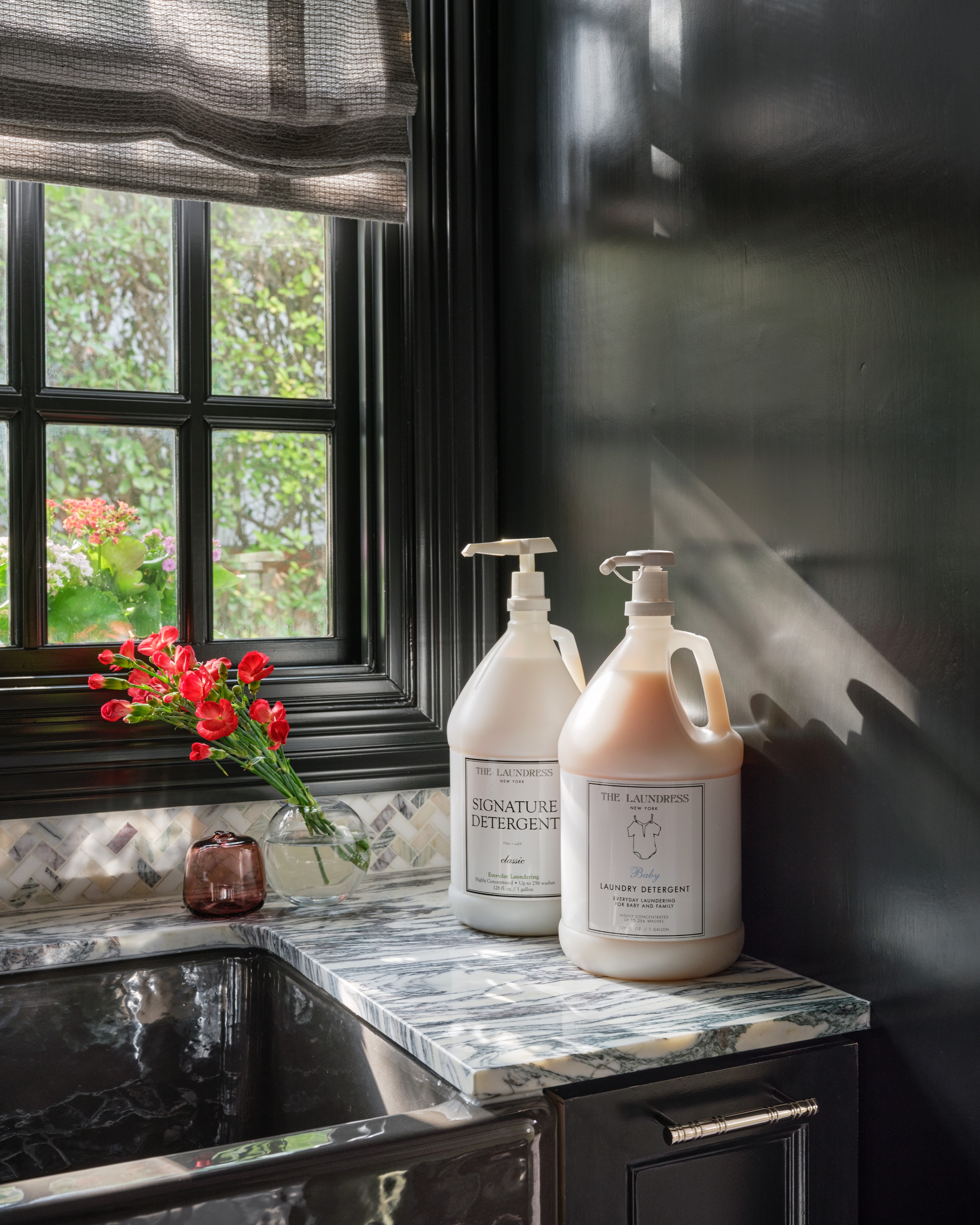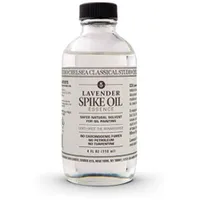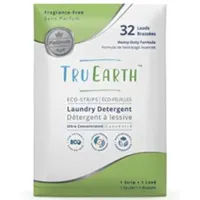How to get paint out of clothes – the easy method experts fall back on
Getting paint out of clothes is easier than you think when you act fast enough, here is what experts recommend


Whether you have repainted a room yourself, or have brushed past fresh paint and stained your favorite top, knowing how to get paint out of clothes is a surprisingly useful laundry skill.
Getting fresh and dried paint out of clothes takes a little more effort than just doing laundry, especially if you have used oil-based paint, but luckily it is not as messy a process as the painting itself.
Here, experts explain how to get both oil- and water-based paint out of clothes with ease.
How to get paint out of clothes
The trick to removing paint from your clothes is to act fast, explains Ryan McKenzie, cleaning expert and co-founder of the eco-friendly cleaning company, Tru Earth. ‘Regardless of the stain type, whether it be from oil, chalk, or water-based paint, the best course of action is to act fast to ensure the stain does not become permanent.’
Before going all out with your stain removal, it is a good idea to test any products on a small, inconspicuous area first, especially on delicate materials like wool or silk, to make sure you will not cause more damage to your garment.

Ryan began Tru Earth in a bid to improve his children's futures by limiting the use of single-use plastics and helping others go sustainable. His goal is to help beat skepticism around eco-friendly products.
How to get oil-based paint out of clothes

Oil-based paints are usually products such as gloss paint, satin paint, or paint undercoats. You will often be able to tell if your paint is oil-based if it quickly separates in the tin, or takes a long time to dry – it should also be written on the tin itself. Because of its makeup, this paint doesn't respond to water, so cleaning paint off of clothes and fabric takes a little longer than water-based paint.
‘Oil-based paint is best removed by scraping off excess paint, rinsing the area, then blotting the stain with a paper towel or a cleaning cloth with a nontoxic alternative to turpentine, as this helps to separate the paint for easier removal,’ explains Ryan McKenzie of TruEarth. ‘If there’s still a stain once the paint is gone, soak the fabric overnight with dish detergent or use a dissolvable laundry detergent eco-strip.
Design expertise in your inbox – from inspiring decorating ideas and beautiful celebrity homes to practical gardening advice and shopping round-ups.
‘If the stain has dried, you can use an eco-friendly, all-natural paint thinner alternative directly on the spot to soften the area,’ he suggests. Then, follow with the same stain removal tips as fresh oil-based paint.
Lavender Spike Non-Toxic Solvent | $38.67 at Amazon
Lavender Spike Oil Essence has a distinctive, sweet lavender scent, and is a safer, natural alternative to Turpentine
How to get water-based paint out of clothes

Water-based paint makes up the majority of paint finishes and is the most common paint type for painting walls. The good news is this paint is easily removed with water and some soap, with little to no chemicals needed.
‘Stains and marks can be removed by soaking using a mixture of half detergent, and half warm water in a clean sink or basin,’ explains Laura Mountford, cleaning influencer behind LauraCleanaholic and author of Live Laugh Laundry. ‘Blot the stain vigorously until the paint has been removed, then wash as normal in the washing machine.’
‘Should the paint dry, you’ll need to treat the back side of the stain with warm water after scraping any paint off the fabric,’ adds Ryan McKenzie. ‘I then like to use a concentrated laundry detergent eco-strip that dissolves in warm water to saturate the stain completely.’

Social media content creator and influencer Laura Mountford have a loyal following of 450k on Instagram and 200k+ on TikTok. She uses her platforms to get her followers excited about cleaning, and shares cleaning tips to help her growing audience enjoy looking after their homes.
Follow up with stain removal after-care
‘The most important step used to round out and eliminate any paint stain is after-care,’ explains Ryan McKenzie of Tru Earth. ‘Be sure to add your clothes to the washing machine and use products that will fight the stain while maintaining a soft and gentle feel.
‘One way you can do this while also helping the planet is by switching to eco-friendly laundry alternatives. I use concentrated, pre-measured detergent laundry eco-strips since they’re easy to use – just toss one strip into the wash – and are an effective way that also helps the planet.’
Tru Earth Eco Laundry Strips | $26.99 for 32 at Walmart
Each laundry strip packs ultra-concentrated, hypoallergenic, cleaning power into a tiny, pre-measured strip of liquidless laundry detergent that you just toss in the wash.
FAQs
How can I get acrylic paint out of clothes?
Acrylic paint is a water-based paint, meaning it should easily come out of fabric with water when still wet. Once dried, however, acrylic paint looks and feels similar to soft plastic. While you can attempt to peel it off, using a paint solvent such as turpentine or an eco-friendly alternative can help to loosen the stain and lift it from the fabric.
Does vinegar remove paint from clothing?
A common laundry additive, vinegar can help to remove paint stains from clothes. Saturating the stained area with warm, not hot, vinegar and leaving it to sit for 10 to 15 minutes can help to loosen the paint, however, may also weaken the fibers in your clothing, so should be used on smaller areas and washed out in a laundry cycle straight after.
Will WD-40 remove dried paint from clothes?
A lubricant such as WD-40 can be used to remove dried paint from clothes but should be used on small areas only with care as it may cause further staining. To loosen dried-on paint, especially oil-based paints, saturate the area with the lubricant before using a clean cloth to wipe the area, repeating until the paint residue is completely removed

Chiana has been at Homes & Gardens for two years and is our resident 'queen' of non-toxic living. She spends most of her time producing content for the Solved section of the website, helping readers get the most out of their homes through clever decluttering, cleaning, and tidying tips. She was named one of Fixr's top home improvement journalists in 2024.

